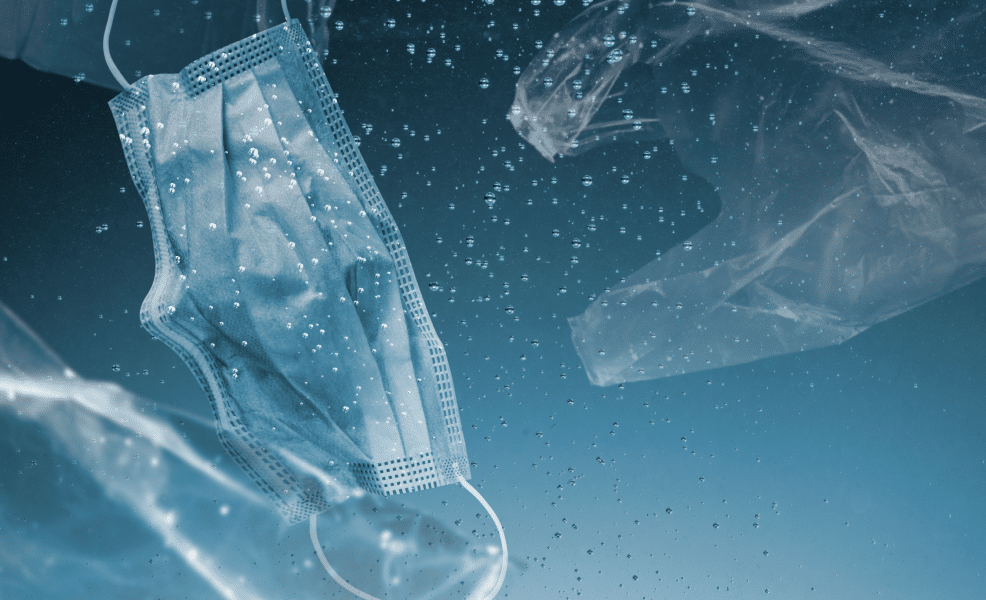Introduction
The fashion industry, a powerful global force, influences the way we dress and consume. It shapes our identities and expresses our individuality. However, beneath the glitz and glamour lies a hidden problem: microfiber pollution. In this article, we delve into the environmental impact of textiles, explore the menace of microplastic pollution, and discuss sustainable textile practices, from eco-friendly fabrics to textile recycling.
The Environmental Impact of Textiles
The textile industry plays a significant role in our lives, but it also carries a hefty environmental footprint. An analysis of nearly 50 major fashion brands in 2021 revealed that many were not committed to addressing plastic microfiber pollution in their clothes. Synthetic fibers, derived from fossil fuels like oil and fracked gas, make up a substantial portion of textiles, and their production accounts for a staggering 1.35% of global oil consumption.
The production of synthetic fibers requires immense resources, releasing harmful greenhouse gases into the atmosphere. Furthermore, cheap synthetic fibers contribute to the proliferation of low-quality fast fashion items, increasing textile waste and environmental degradation. It’s clear that the textile industry must take immediate action to reduce its ecological impact.
Microplastic Pollution: A Global Concern
Microplastic pollution is a major concern associated with synthetic textiles. When manufactured, washed, worn, and disposed of, synthetic clothes release plastic microfibers. These tiny particles are known to pose risks to human health and the environment. Researchers have discovered microfibers in the deepest parts of the ocean, on mountain peaks, and even in the air we breathe.
A 2018 study by the Plastic Soup Foundation found that certain clothes disintegrate after just a few washes, releasing countless microfibers. This widespread release of microplastics into the environment is a critical issue that demands immediate attention.
Eco-friendly Fabrics and Sustainable Fashion
In the quest for sustainability, eco-conscious consumers and brands are seeking alternatives to traditional synthetic fibers. Eco-friendly fabrics such as organic cotton, hemp, and Tencel are gaining popularity. These materials are biodegradable, produced with fewer chemicals, and often require less water in their cultivation.
Moreover, sustainable fashion promotes quality over quantity, encouraging consumers to invest in clothing that lasts longer. By shifting away from the “fast fashion” model, we can reduce the overconsumption of low-quality items and minimize textile waste.
Circular Economy in Textiles
A crucial step toward textile industry sustainability is embracing the circular economy model. In the circular fashion industry, products are designed with longevity and recyclability in mind. This approach aims to extend the life of textiles and minimize waste.
Textile recycling is a key component of the circular economy. It involves collecting used textiles, processing them into raw materials, and creating new products. By recycling textiles, we can reduce the demand for virgin resources and decrease the environmental impact of textile production.
Green Textile Manufacturing and Sustainability Initiatives
Textile manufacturers are increasingly adopting eco-friendly practices. Sustainable dyeing techniques, for example, minimize water and chemical usage, reducing pollution from textile manufacturing. Companies are also exploring biodegradable textiles, which break down naturally, causing less harm to the environment.
Many brands are initiating sustainability programs and setting standards for responsible production. However, as the 2021 analysis showed, there is still a long way to go in making the textile industry genuinely eco-conscious.
Microfiber Capture Technologies
Efforts to combat microfiber pollution have led to the development of microfiber capture technologies. These innovative solutions capture microfibers during the washing process, preventing them from entering waterways and oceans. Such technologies represent a promising step toward mitigating microplastic pollution.
Conclusion: Taking Responsibility for a Sustainable Future
In conclusion, it is clear that addressing microfiber pollution is a critical step toward a more sustainable future for the textile industry and our environment as a whole. Consumers can contribute by making informed choices and supporting brands that prioritize sustainability. Shifting from fast fashion to slow fashion, emphasizing quality, and embracing eco-friendly fabrics are steps in the right direction.
However, real change also requires industry-wide commitment. Textile brands must reduce their dependence on fossil fuel-derived synthetics and invest in circular solutions. Ambitious regulations are essential to holding brands accountable for their supply chains and products’ end-of-life.
To learn more about microfiber pollution and its environmental consequences, I encourage you to visit the website of the Plastic Pollution Coalition, a leading organization dedicated to combating plastic pollution: Plastic Pollution Coalition. Together, by taking action and raising awareness, we can make a positive impact on this pressing issue and work towards a cleaner, greener planet.
The journey to a more sustainable textile industry is ongoing, but the path is clear. It’s time for the fashion world to take responsibility, protect our environment, and ensure a healthier future for generations to come.

